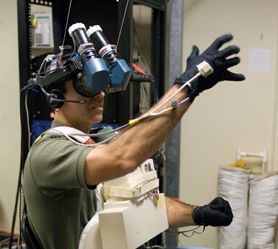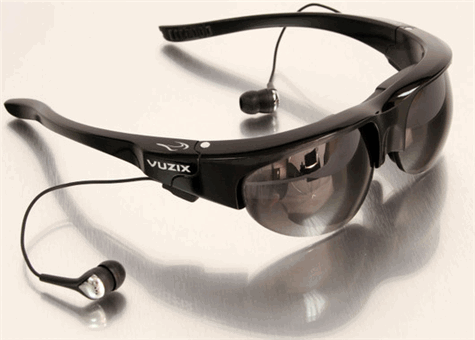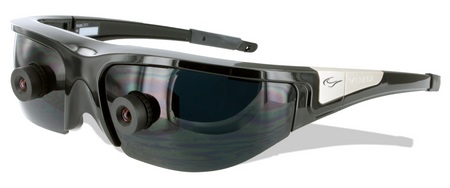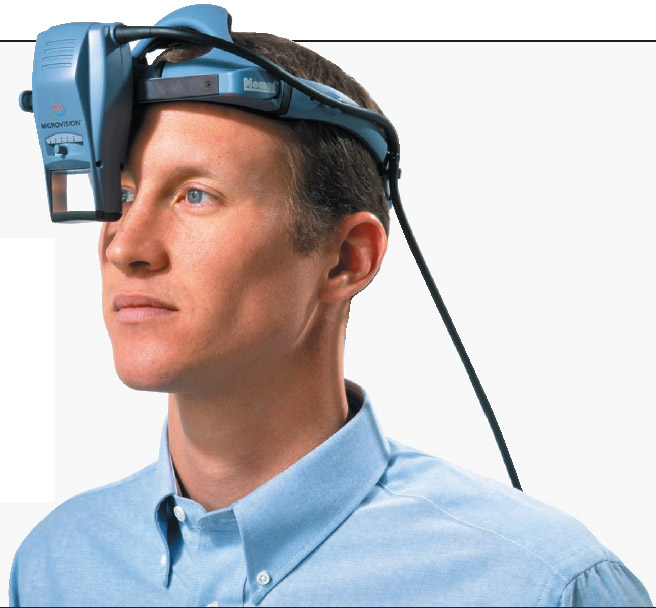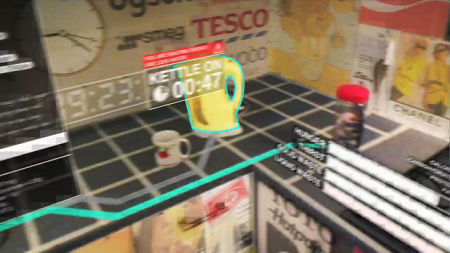This evening, out and about in Manhattan looking for a Saturday night film, my friend and I passed by the Village East Cinema at 2nd Avenue and 12th Street. There was a man outside with a big sign, hawking the new independent film Cherry.
Instinctively distrustful of all men with big signs, my friend and I moved on, first to a theatre on 3rd Avenue, and then to one on Broadway. As it happened, all of the films at those theaters looked like they would be the sort of low-aiming movie Hollywood makes as part of some sort of perversely concerted effort to melt down our collective brain cells into sad little puddles of rotted neural tissue.
We didn’t know that this Cherry film was, but given the competition, it was starting to sound intriguing. Circling back to the Village East Cinema, we discovered that the man with the giant placard was Matthew Fine, the producer. His brother Jeff Fine, the writer/director, was going to do a Q&A after the film.
I was completely charmed. I have gotten so used to the idea of a film being a vast operation that takes at least one full Iraqi War month of national resources, as some kind of James Cameron extravaganza with a billion dollar market cap, that to see the producer and writer/director standing on a street corner, hawking their little film like it was lemonade, made something in my soul sing for joy.
We bought tickets, and man, Cherry is one phenomenally good film. People who read this blog with any regularity know that I am not one to praise a movie lightly. As it happens, a recent review by Mike Hale in the New York Times completely missed the point of the film. Mr. Hale seemed emotionally unequipped to review a movie that actually takes its characters seriously. As far as I can tell, he was looking for cheap titillation, and was disappointed not to find it.
In fact, this is a brilliantly written, perfectly directed and edited, masterfully cast and acted tale of a compelling coming of age story. It has all of the elements of the classic hero’s journey (Joseph Campbell would have been proud), and what it does with those elements is insightful, deeply effecting and highly original.
If you happen to be in New York, it’s playing for only another five days at Village Cinema East (through Thursday November 11). Trust me, you should see it if you can.
